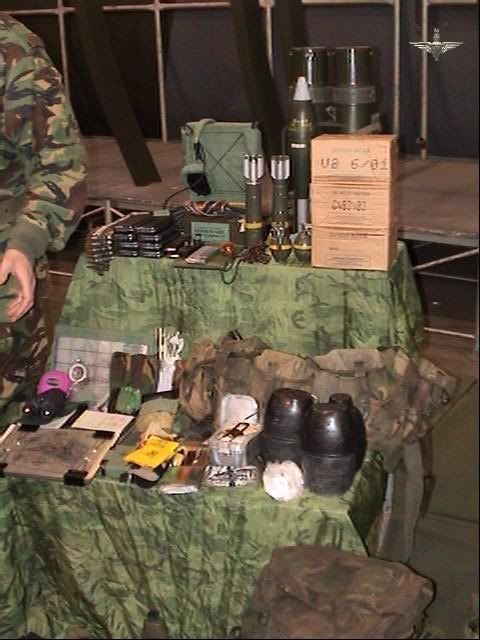PJ24
Active member
Whispering Death said:Obviously, and tactical situations always dictate the ideal equipment. But are you saying that in situations such as attacking a known terrorist hideout/strong point, fewer marines in your opinion use the "optional" armor plate in favor of greater mobility?
I always assumed that more marines would opt-out when on routine patrols to avoid becomming a heat casualty, and opt-in when in more high-risk situations.
It isn't just Marines that are having issues with this, and it's really a personal choice. I don't always wear the rear plate, esp if I'm going to be in and out of buildings all day.
Remember, we are mostly operating in and around an urban setting, the houses are small, and any buildings generally have two or more stories. Doorways over there are very tiny, and when you're making a rapid entry, you need to be able to move and manuver. Even on some of the smaller farming compounds, you still need the mauverability. It is difficult to explain without getting into tactics, which I won't do.
Convoy ops, checkpoints, etc are good ops to wear your tank suit. C&S, raids, interdiction, etc are where you'll want to be more mobile and have the flexibility to manuever.
Also, all "routine" patrols are high risk sitatutions just like any other operation. Don't think that anything standard is safer than ops you may run two or three times a week or less.

